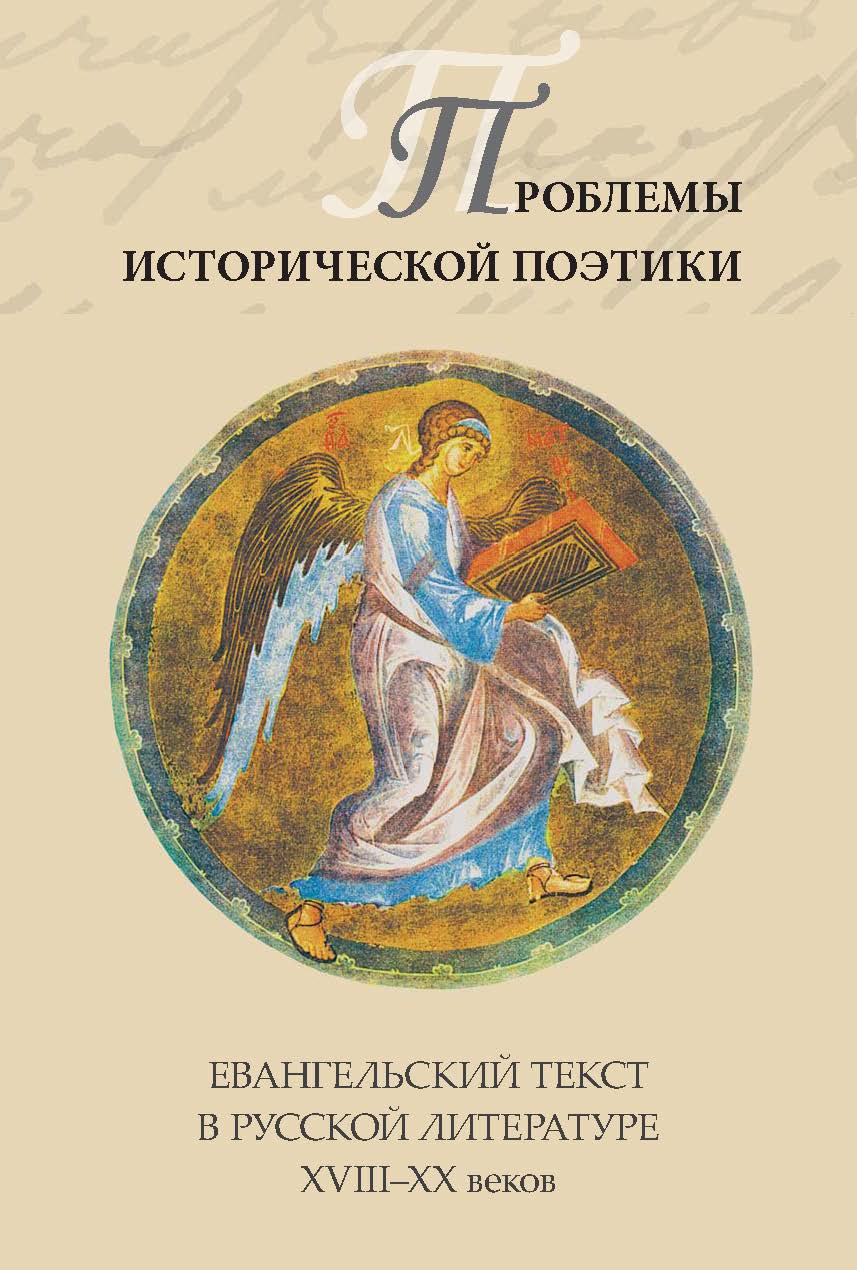Author(s): Rita Mazel / Language(s): English,Russian
Issue: 1/2013
This article presents Dostoyevsky to readers as an author praising happiness and felicity. Having lived through deep sorrows he acquired insight into another dimension of life. Like a longing pathfinder, he states the unfeigned grace of life. “Life is a gift, life is mercy, and any minute may be the age of happiness”, – this is the essence of his great novels. People are not lonesome on Earth; they are bound by invisible threads. A loner may not succeed. One heart or one consciousness attracts another one like a magnet, as if claiming: thou art... Christ, with his Love and his Sacrifice, the greatest miracle on the Earth. It is impossible to be aware of Christ’s existence and not to be joyful. Dostoyevsky reveals one of the main principles of life: when you love someone and sacrifice yourself to this person you satisfy your aspiration for a beau ideal and feel like in heavens. In this article the author analyzes selected scenes of happiness in Dostoevsky’s novels: Arkady’s and his sister Liza’s admiration for the sacrifice of their father Versilov; Alyosha and Grushen’ka, saving each other instead of committing sins and transgressing moral standards; Alyosha’s dream about the Christ’s first miracle in Cana of Galilee; Stavrogin’s dream of the Golden Age of the blessed mankind... In Dostoyevsky’s tragic novel The Possessed (The Devils, or Demons) a reader faces an image of love – mutual, sacrificial, fulfilling, and blithe. There is probably nothing similar in the history of the world literature. One can eminently feel the interconnectedness of Dostoevsky’s heroes with another, higher world that penetrates into every aspect of their lives. All of his creatures are illumed by the light of other worlds. It is clear that there cannot be darkness, despair, or hopelessness in Dostoevsky’s works, because even in the hell full of demons there is a place for righteous people, luminous (as Nikolai Berdyaev called them) and capable of love and personal sacrifice that means that the light is still shining in the darkness, and the evil darkness did not envelop it.
More...

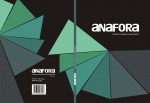
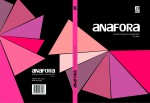
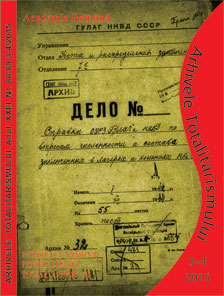
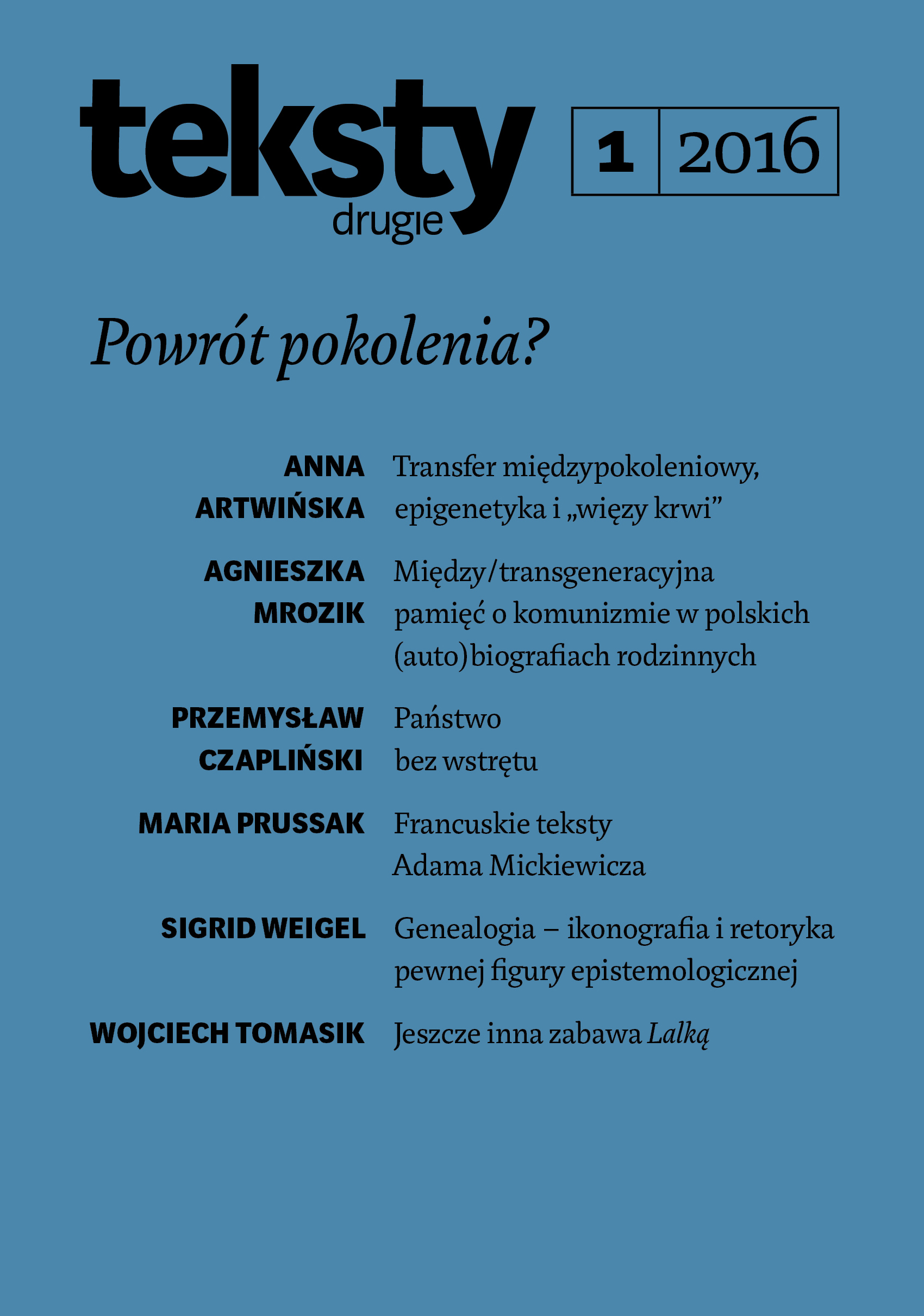
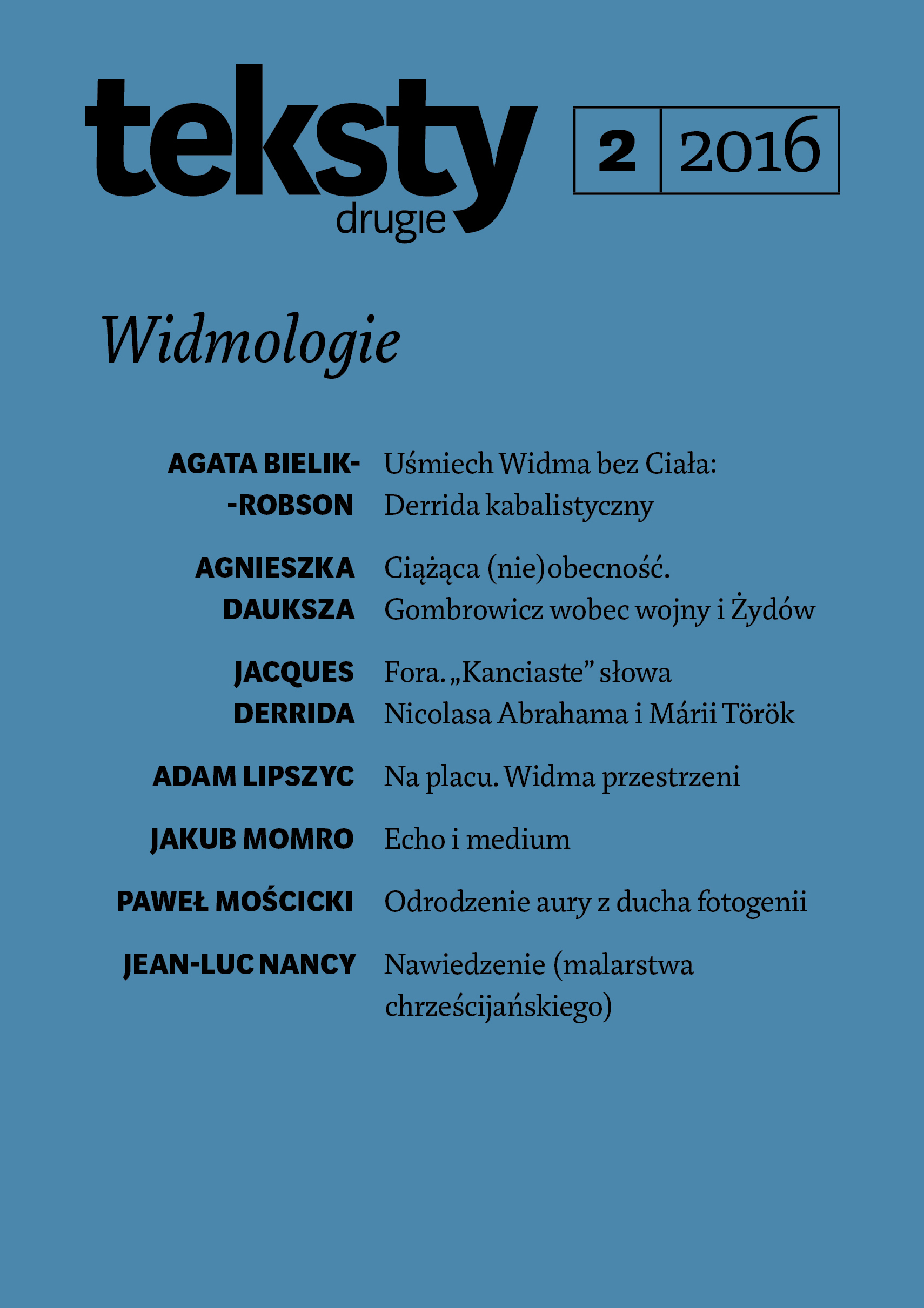
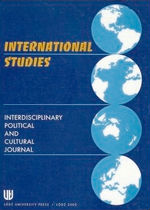
![J[…], Juna, Józefina](/api/image/getissuecoverimage?id=picture_2014_30530.jpg)
